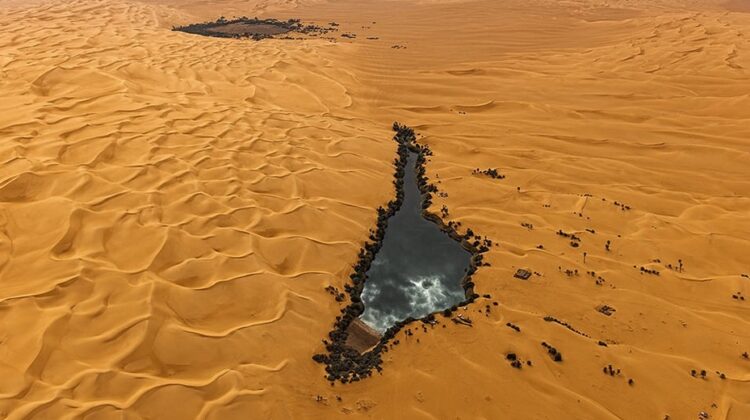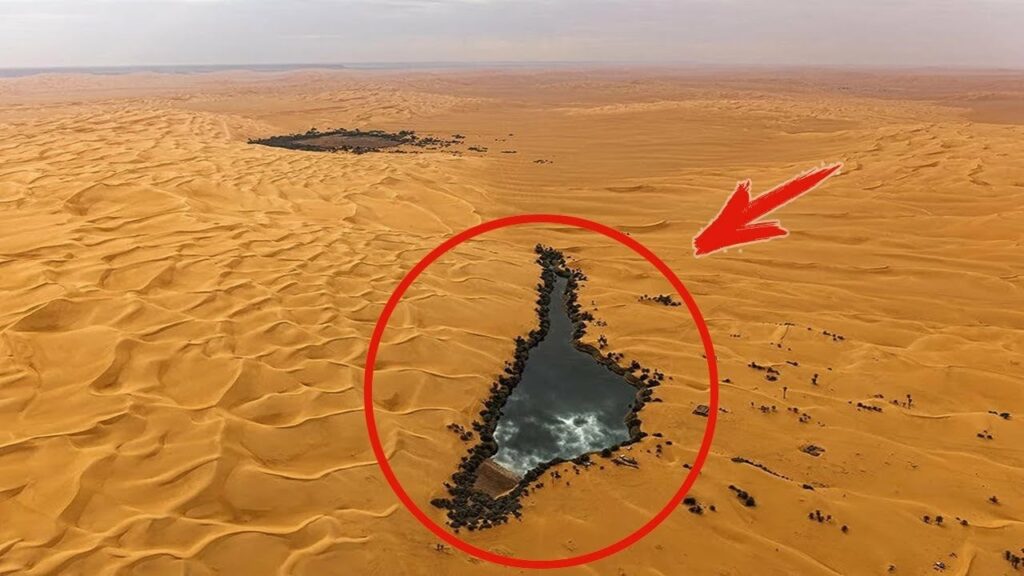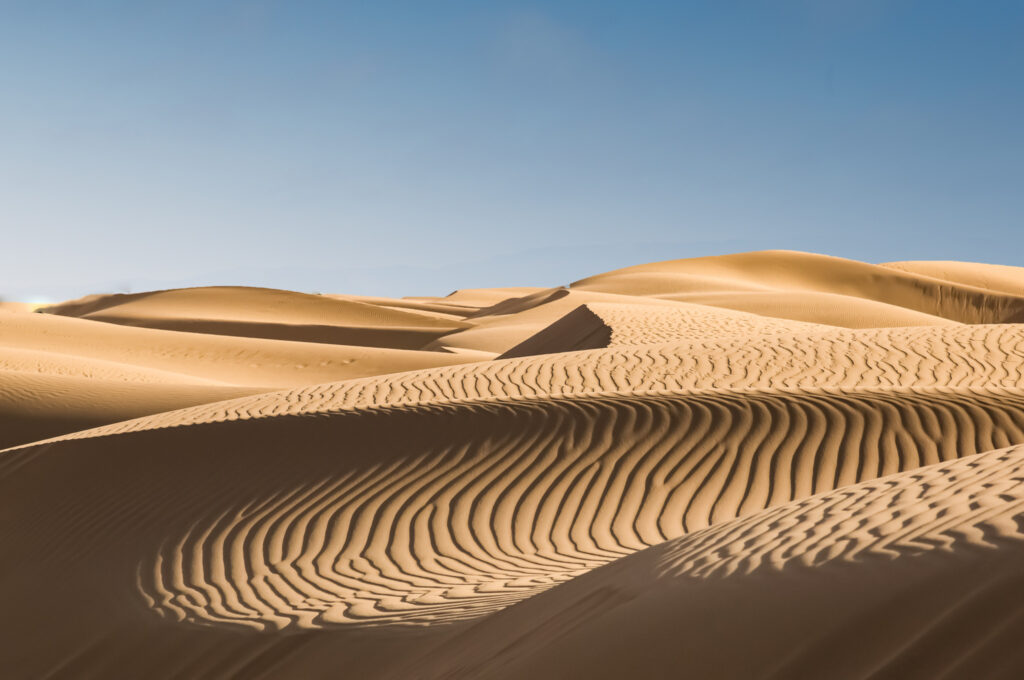
Have you ever pondered what lies beneath the surface when you find yourself at the beach or surrounded by a vast desert? As you imagine digging deeper, questions arise—would you uncover more sand, encounter solid rock, stumble upon fertile soil, or perhaps even unearth hidden treasures guarded by the mythical genie Jafar?

The truth is, the answer varies depending on your location. In some cases, sand dunes shift constantly due to the relentless force of wind, concealing the existence of an entire forest beneath your feet or concealing treacherous sinkholes, ready to swallow the unwary traveler.
Sand itself is a product of the relentless forces of nature. Over time, rocks on land undergo weathering, breaking down into smaller particles. Rivers and other elements aid in the grinding process. Along the shoreline, the ceaseless pounding of the waves against the coast erodes rocks over thousands or even millions of years.
If you were to dig beneath the surface at a beach (the depth would vary based on the geological characteristics of the area), you might discover tightly compacted sand that has undergone immense pressure, transforming it into sedimentary rock known as sandstone. Deeper still, beyond the reach of a simple sandcastle spade, lies the bedrock, the solid foundation of the region.

In contrast, deserts may not require any digging at all. In many cases, the desert floor consists of exposed bedrock, not covered by a layer of sand. This realization might spoil your imagination of what lies beneath the seemingly endless sandy deserts.
Where sand is present, it is typically the result of weathering of the exposed bedrock. In the arid desert landscape, extreme temperature fluctuations cause rocks to expand and contract, leading to cracks. Over thousands or even millions of years, with the assistance of winds that whip up and grind smaller stones, these rocks gradually erode into granular sand. If you were to dig deep enough, you would eventually encounter the bedrock once again, often accompanied by dried-out clay.
However, don’t dismiss these areas as lacking intrigue. Wandering sand dunes can preserve hidden wonders, such as the astonishing camelthorn trees found in Namibia. Moreover, they can still yield geological surprises. In 2010, scientists unearthed evidence of a prehistoric mega lake beneath the shifting sands of the Sahara. This massive body of water is believed to have formed approximately 250,000 years ago when the Nile River flowed through a low channel, transforming the desert into a fertile oasis.

So, the next time you find yourself gazing at the sand or wandering through a desert expanse, let your imagination run wild. Just remember that beneath the surface lies a rich tapestry of geological wonders, waiting to be discovered and admired for their remarkable stories of natural history.

Leave a Reply